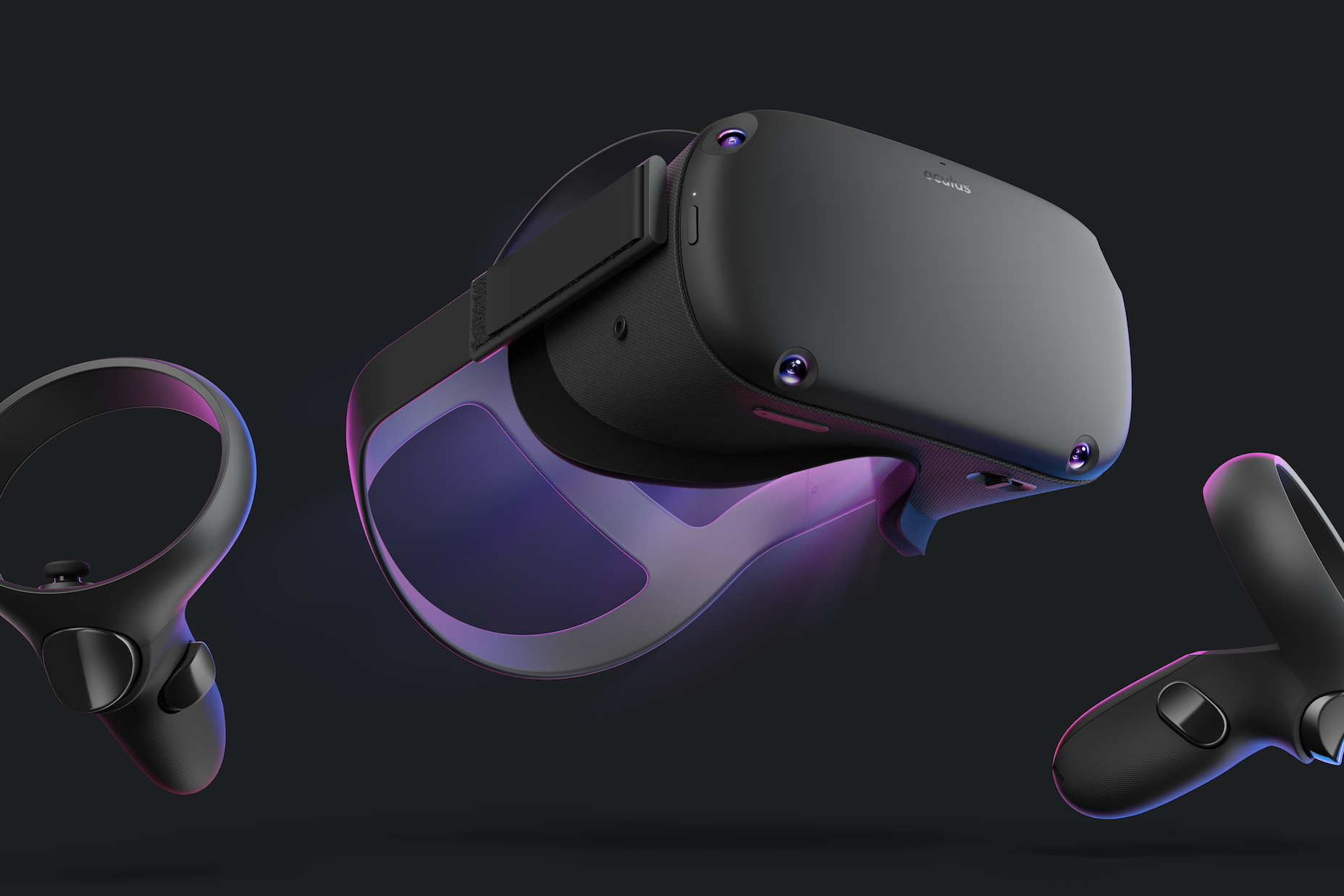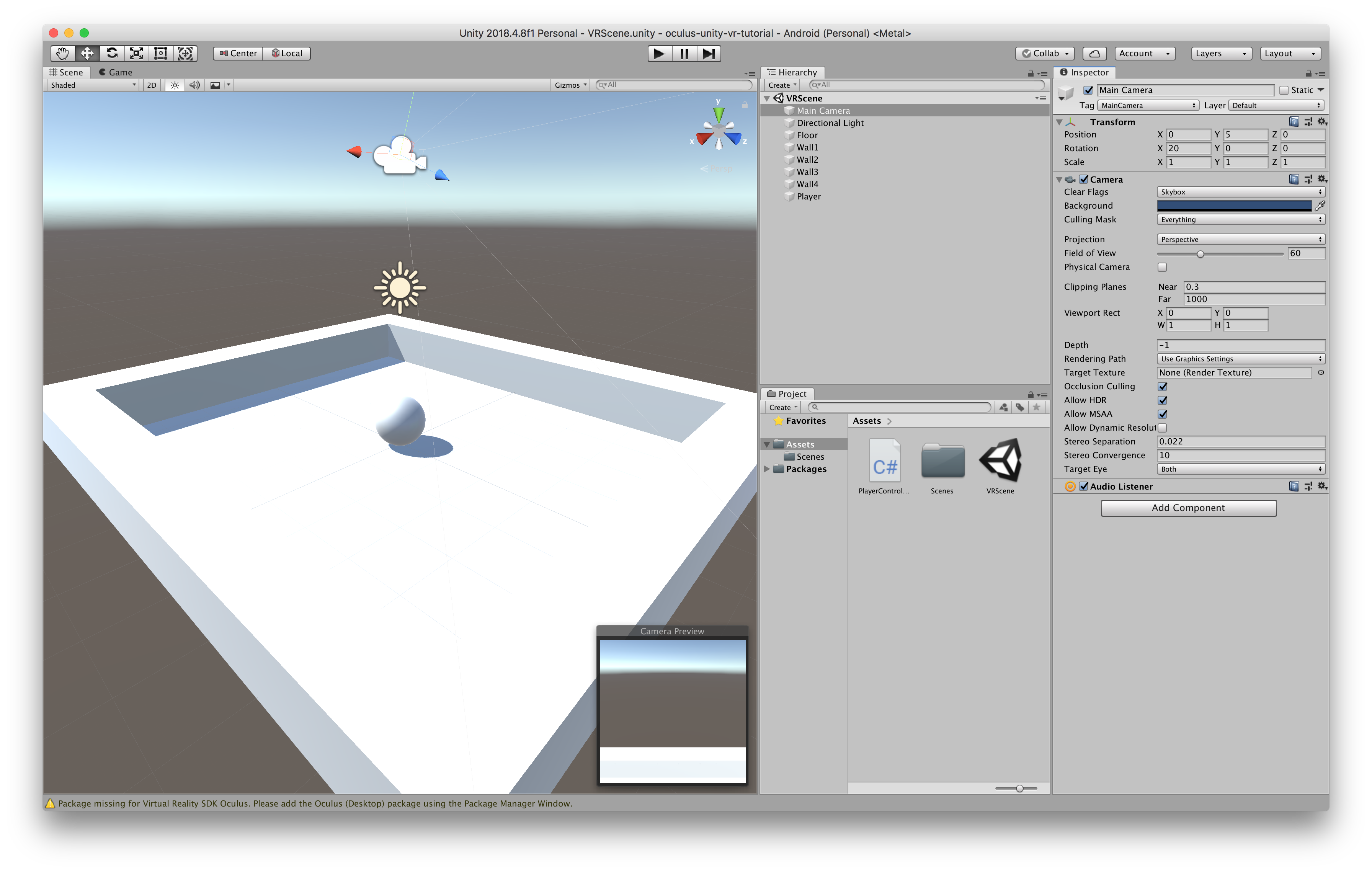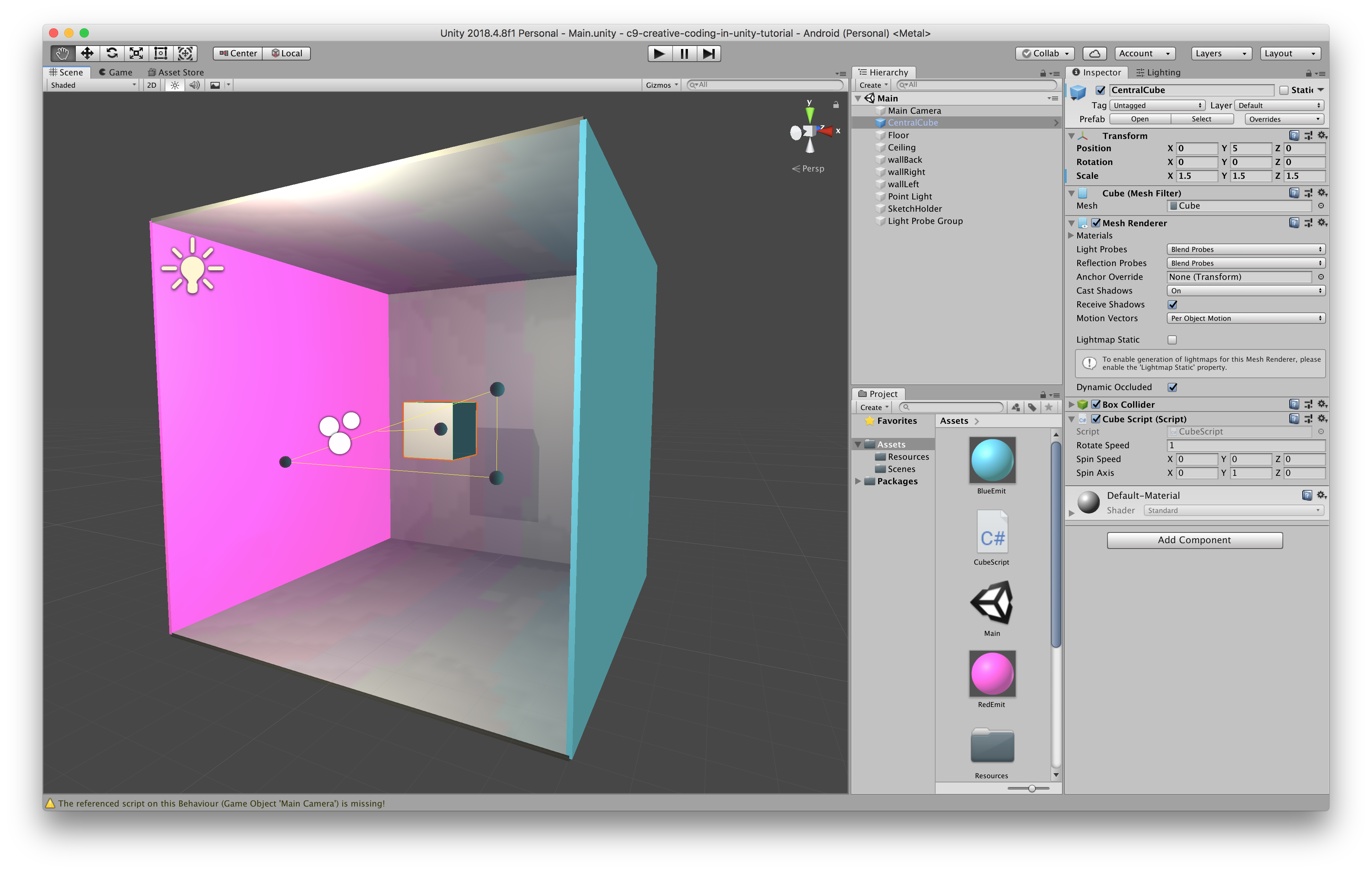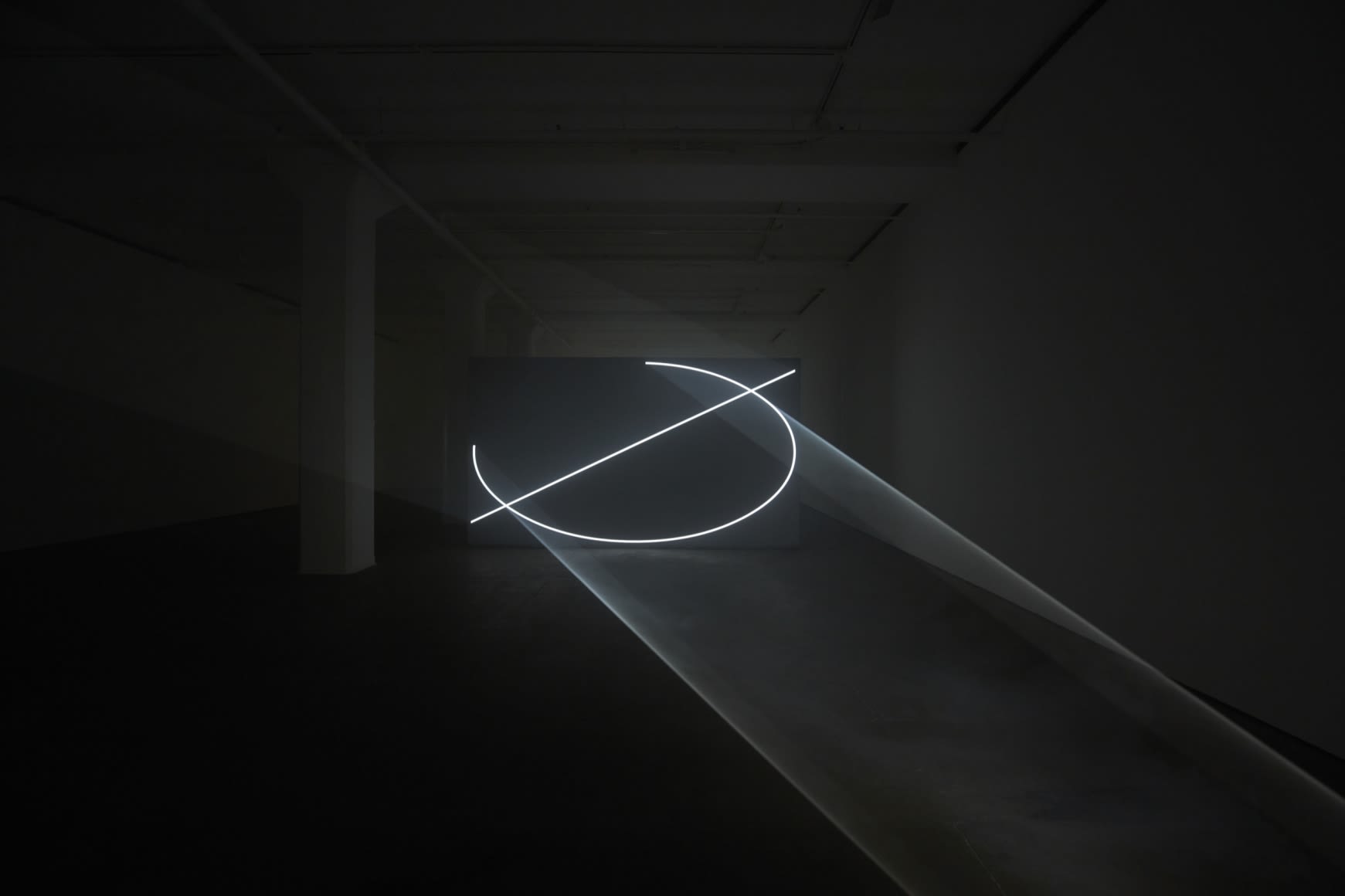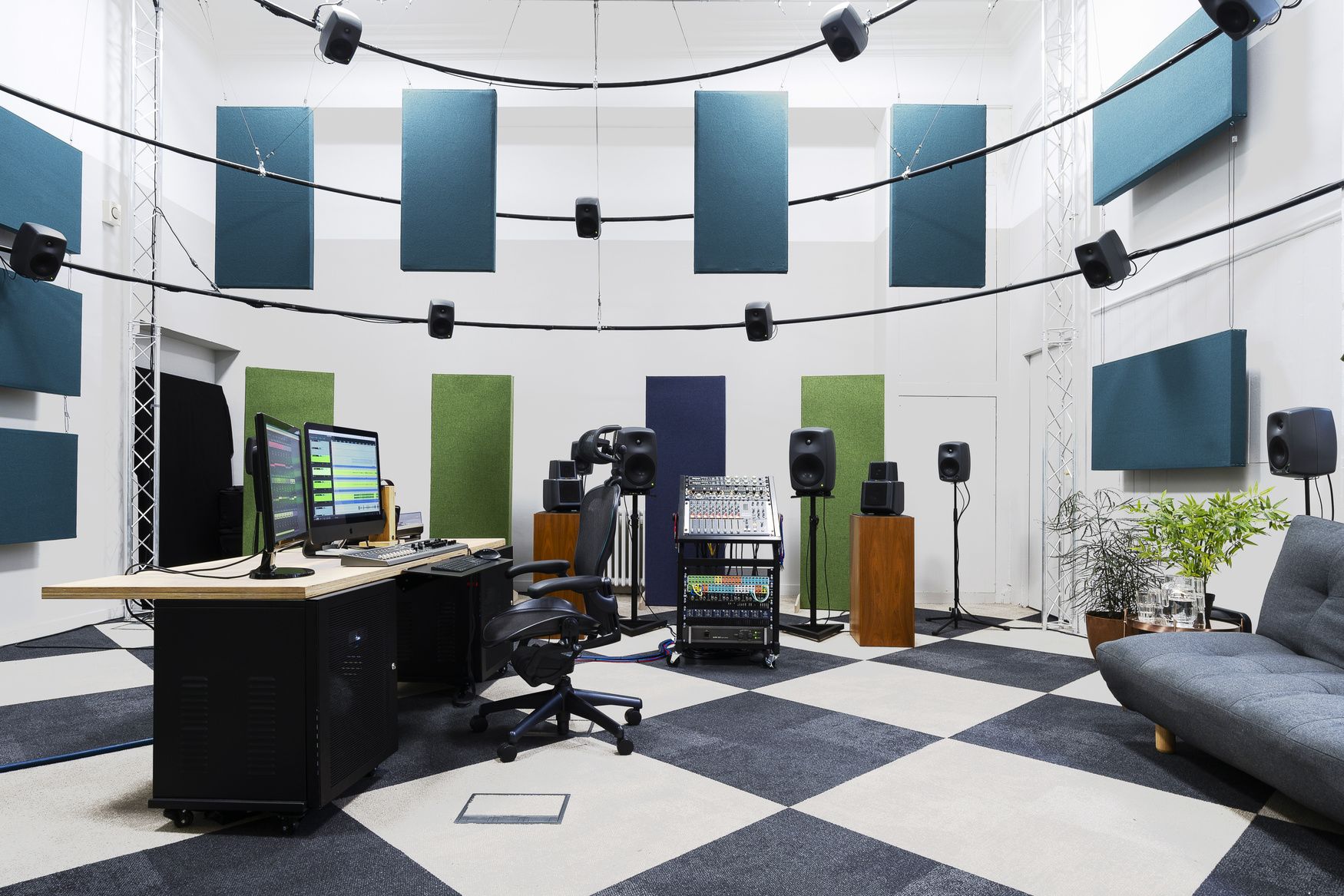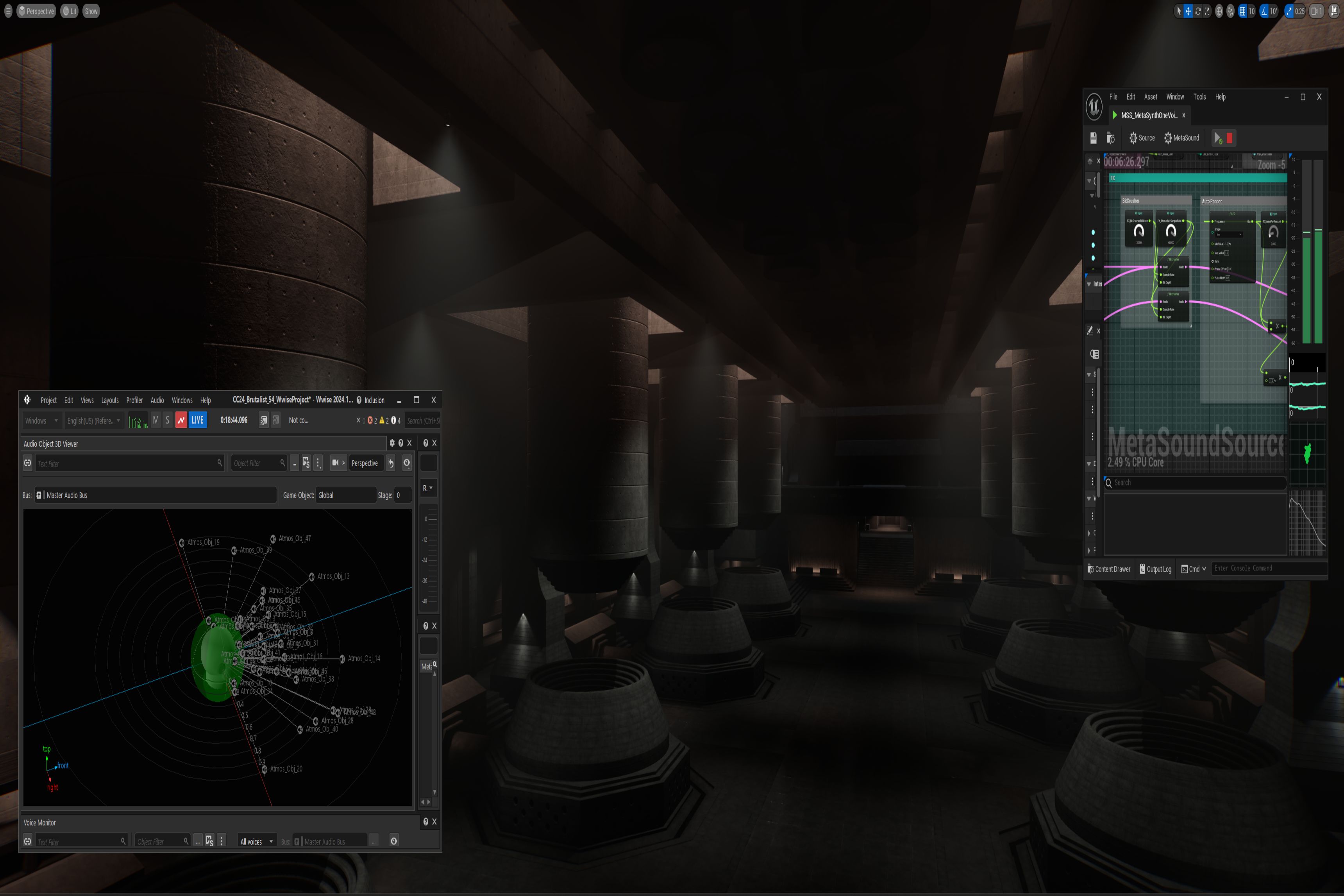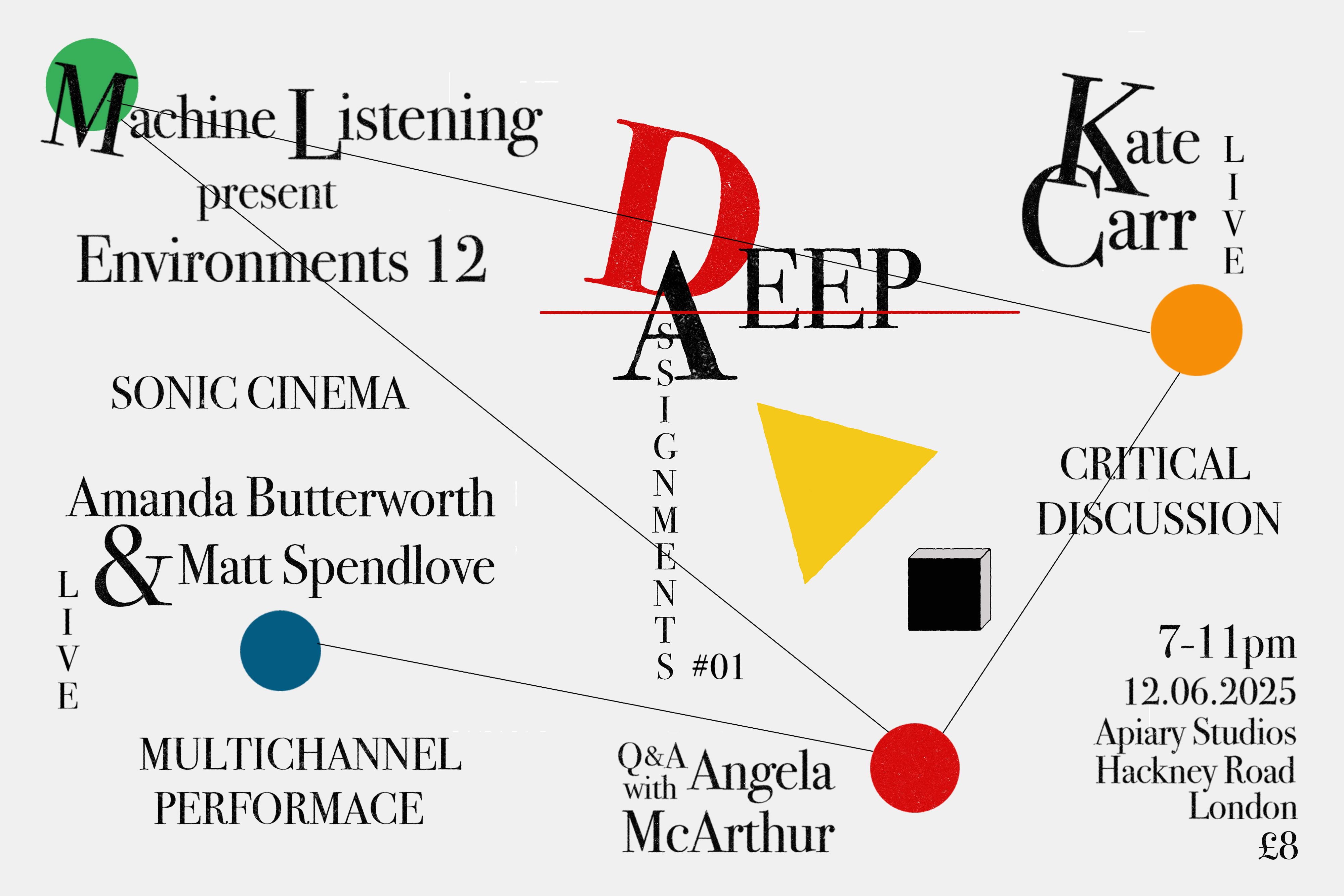
Hello Immersive World!
I’m currently undertaking a research & development project investigating the use of XR technologies to create an immersive art installation.
I’m currently undertaking a research & development project investigating the use of XR technologies to create an immersive art installation.
I’ve just finished the first 2 week discovery “sprint” as part of my XR Research Project. I’ll be sharing my insights of each sprint on the blog as it’s completed.
The focus for Sprint 2 was to get a basic “hello world” example running on my Oculus Quest. This type of program is normally trivial but it fleshes out correct configuration of the hardware and software environment, laying the foundations for more interesting projects further down the line and getting confidence with the tooling.
I started Sprint 3 keen to build something and revisited the creative coding tutorial in Unity recommended by David Johnston at the beginning of the project. The thing that initially struck me about this tutorial is how it stripped back the Unity ceremony and “complexity”, the latter is actually aimed at simplifying the process for game devs but can be daunting for a new user with so many options available. The focus here is on pixels and a canvas, taking you a little closer to the metal which aligns with previous experience of Open Frameworks and Processing.
I needed to deviate off plan a little in Sprint 4 and spend time researching native audio and DSP in Unity and review solutions for 3D Sound. Ultimately, given the wide range of skills required to create a complete immersive experience of any size, I decided this would be a smart focus for future projects.
BBC Research & Development is the national technical research department of the BBC. It has responsibility for researching and developing advanced and emerging media technologies for the benefit of the corporation, and wider UK and European media industries.
I nearly left the goodship Apple when they seemed incapable of releasing a laptop that was an actual worthwhile upgrade from my previous model. They redeemed themselves at the 11th hour upon release of the Macbook Pro 16,1 in 2019.
We’re very pleased to announce participation in this year’s Innovate UK Creative Industries Fund! Our application is to undertake research and development of two prototype eXtended Reality (XR) experiences, with a particular focus on 3D sound.
How to build an FM synth inside the Unreal Engine MetaSounds environment for use as a procedural audio component of an immersive experience.
The Situationists’ Walkman - a digital dérive, playing out within a small area of East London around Arnold Circus. An updated version of the Situationists’ vision using audio led exploration of the urban environment that prompts us to reconsider our relationship to this constructed or delineated space.
This post follows on from our introductory entry where we introduce the project goals and concepts and present our findings. It is intended for a technical audience and takes a deep dive into the process.
An in-depth look at the audio engine used in building out the audio AR experience.
We’ve collaborated with Call & Response Studios on many occasions over the years, most recently mixing spatial audio productions at their glorious 360° listening space. The 32.3 ambisonic / 9.1.4 Atmos Genelec monitoring system is currently situated amongst the vibrant artist studios in Somerset House.
We’re collaborating with Call & Response to deliver “Music In The Metaverse” - a Creative Catalyst 2024 funded initiative that will lower the barrier to entry for audio creatives wishing to work with immersive virtual environments or real world installations with interactive visual content.
Deep Assignments #01 Brings Immersive Sonic Cinema to Apiary Studios w/ Machine Listening, Kate Carr, Amanda Butterworth, Matt Spendlove & Angela McArthur
